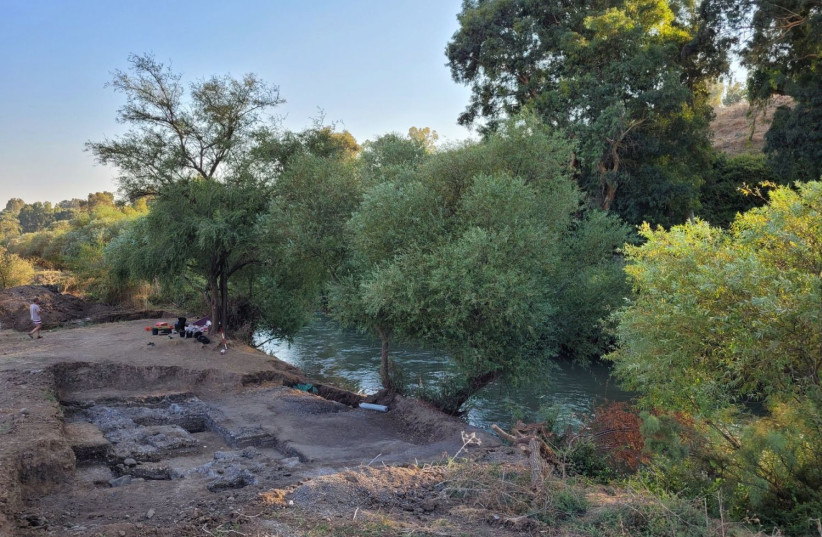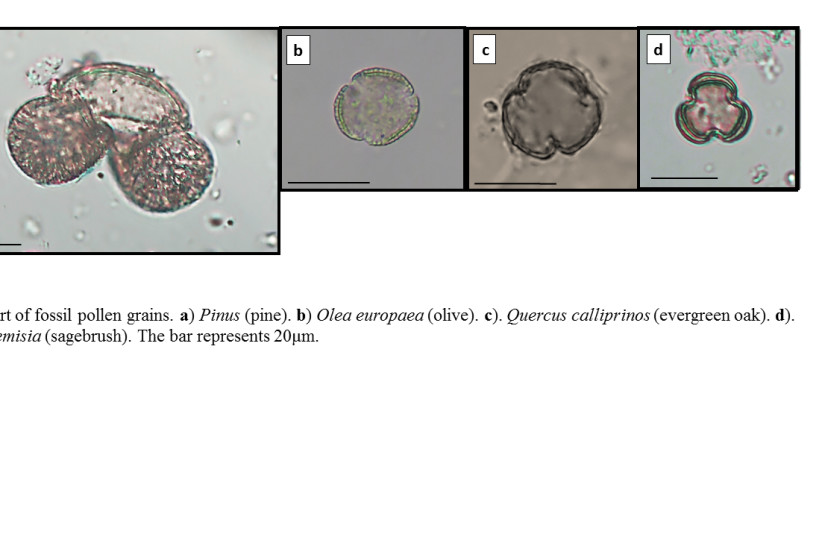Archaeologists from TAU, Tel Hai College and U. of Montpellier reconstruct how weather evolved over 10,000 years.

Some 20,000 years ago, winters in Israel were colder – with the lowest temperatures recorded in January about five degrees Celsius less than contemporary ones, while the level of precipitation was similar to the current one, a group of researchers have found in an innovative project documenting some 10 millennia of climate in the area.
By analyzing botanical remains from 10,000 to 20,000 years ago from the Hula Valley in northern Israel, archaeologists from Tel Aviv University, Tel Hai College and the University of Montpellier in France were able to reconstruct how the weather evolved during that period. Their findings were recently published in the journal Quaternary Science Review.
“I have been very interested in environmental reconstruction – and by analyzing botanical remains, I have been working on reconstructing climate and ecology history of the region, which I believe is a key to answer important questions about human evolution,” said TAU archaeobotanist Dr. Dafna Langgut.
Some 60 plant sediments were radiocarbon-dated, and for every several samples, pollens were extracted for a total of several hundred. This allowed the researchers to develop a pollen-based paleoclimate model.
The period around 20,000 years ago marked the peak of the last Ice Age, and while Israel and the Levant were not covered in ice as were many other areas in the world, the conditions were nonetheless different from today.
As the temperatures rose, about 5,000 years later, species like olive trees, pistachio trees and oaks became more prevalent.
Finally, around 12,000 years ago – in a time known as the Younger Dryas period – the climate changed again. While in other areas of the world the period went back to slightly resembling the Ice Age – colder and drier – in the Levant it became very unstable with intense fluctuations. Precipitation was distributed throughout the year, however, including in the summer – something difficult to imagine in Israel today, when it is extremely rare to see even a drop of rain between June and September.
Among other things, these changes favored the development of leafy trees.

ACCORDING TO the researchers, the evolution in the region’s climate offered an important contribution in the transition between the nomadic lifestyle of hunter-gatherers to the first settled villages living off agriculture, as it is also testified by the site where the botanical remains were collected.
The samples were retrieved at the prehistoric archaeological site Jordan River Dureijat.
Located on the banks of the Jordan River in the Hula Valley, the site was first discovered following a drainage operation in 1999.
About 20,000 years ago, small bands of hunter-gatherers found themselves at the southern edge of Paleolake Hula, where they identified a good spot for fishing and hunting. After those first visitors, the site would remain in use for the following 10,000 years, bearing an extraordinary testimony on how the climate, vegetation, animals and, above all, ancient inhabitants of the land lived and changed over the course of millennia.
“In the study of prehistory, this period is called the Epipalaeolithic period,” said Tel Hai Prof. Gonen Sharon. “At its outset, people were organized in small groups of hunter-gatherers who roamed the area.
“Then, about 15,000 years ago, we are witness to a significant change in lifestyle: the appearance of settled life in villages, and additional dramatic processes that reached their apex during the Neolithic period that followed,” he explained. “This is the time when the most dramatic change of human history occurred – the transition to the agricultural way of life that shaped the world as we know it today.”
The specific conditions of the site allowed the archaeologists to find a vast assemblage of vegetation remains, including pollens, wood, seeds and fruit, as well as branches and coals covered by the mud.
“The fact that the botanic sample remained under the mud for so long has allowed a unique state of preservation,” Langgut said.

To shed further light on how climate has evolved in the region, the researcher is currently working on another site: a former lake in the Negev, featuring botanical sediments dating back to some 1.5 million years.
“It was a crucial period for the migration of early humans out of Africa – and the climate was clearly very different since there was a lake in the desert,” she said.
“Understanding the history of climate change can provide us with important information to face current and future challenges related to climate change today,” she concluded.
As reported by The Jerusalem Post
